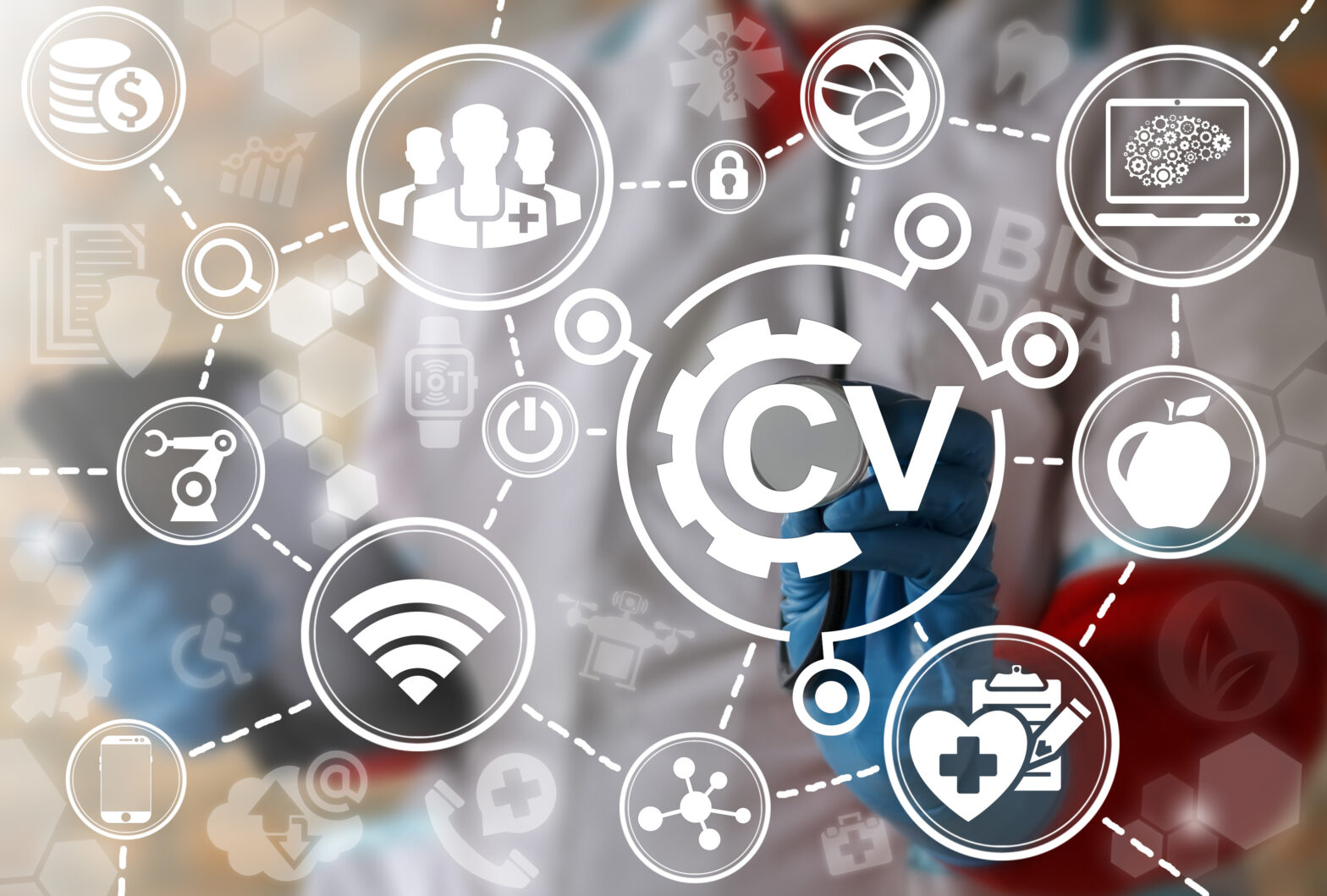Imagine telling someone twenty years ago that a mechanism for connecting job seekers with employers existed. They’d probably think that you’d ‘solved’ recruitment and made recruiters extinct in the process.
Job boards fulfill that promise, but look at where we are now. The UK recruitment industry is growing by 9% annually and employs more than 100,000 people, more than it ever has.
So what happened? Although humans no longer have to sift through data held in physical folders or on their personal computers, for now recruitment’s matchmaking function requires a level of human intervention. We still need people to call a candidate’s bluff and instinctively understand what a hiring manager is looking for when their brief is a bit woolly.
>See also: How will the growth of AI impact the HR and recruitment sectors?
Although AI-led intelligent search can identify who’s looking for a job from their online searches, it won’t necessarily do a very good job of testing for personality fit or reading body language.
That’s because AI is great at correlating and predicting trends from swathes of existing data, but falls short of interpreting situational and emotional clues that would seem obvious to us.
That could change though, as options for data sharing grows and AI-enabled chipset in consumer devices harvest more personalised, habit-focused data on candidates. Nvidia’s chip for the Huawei Mate 10, for instance, will get to know the speech and behaviour patterns of its users, enabling them to find jobs that suit their everyday behaviours best.
>See also: Unlocking the business opportunity of artificial intelligence
This could all be delayed by incoming EU rules on privacy and data sharing which allow people to opt out, however. Until the GDPR directive is introduced next year, companies must show that they’re providing a benefit to the customer by handling and sharing data, while ensuring that this sensitive data is kept safe.
But even if all data on everything that mattered about candidates was somehow available, machines might still make a flawed decision. That’s because data itself reflects human qualities, and these are not always great. For example, AI tends to accept and take on bias embedded in existing data, rather than deflect this in favour of its own reasoning.
Unfortunately, traditionally favourable categories such as educational background and sector tend to skew to less diverse candidates. If AI is informed that this is what a great candidate looks like, it will follow the same logic.
>See also: Why AI taking our jobs is a blessing in disguise
Although companies like Weavee are using people analytics to match employees to employers based on data on personality traits as well as performance metrics, if processes like these were to become a ‘black box’ that’s completely driven by AI, the tech would need to represent candidates fully and instinctively understand the value of diverse personalities, approaches and backgrounds to a business. For now at least, humans are required to oversee this process.
However, as long as recruiters stand as a mediator between the flow of information and job candidates to employers, they will be seen as the targets for disruption. Fortunately, no one does being human quite like us humans, and AI has still got a way to go to emulate ‘good biases’; those sensibilities, intuitions and social behaviours that hiring managers and candidates require of recruiters.
Sourced by Shane McGourty, director at AdView
The Women in IT Awards is the technology world’s most prominent and influential diversity program. On 22 March 2018, the event will come to the US for the first time, taking place in one of the world’s most prominent business cities: New York. Nominations are now open for the Women in IT USA Awards 2018. Click here to nominate







